2024, Mercedes-Benz also tightens its belt
![]() 11/28 2024
11/28 2024
![]() 456
456
Recently, Germany's Handelsblatt quoted a Mercedes-Benz spokesperson revealing that the company plans to implement cost-cutting measures amounting to billions of euros annually in the coming years.
It is reported that these cost-cutting measures may be directly related to the loss-making financial report. According to Mercedes-Benz's latest third-quarter financial report for 2024, the company's revenue reached €34.528 billion, a decrease of 6.7% compared to the same period last year; net profit fell significantly by 53.8% to €1.719 billion. Sales volume in the third quarter was 503,600 units, a year-on-year decrease of 1%.
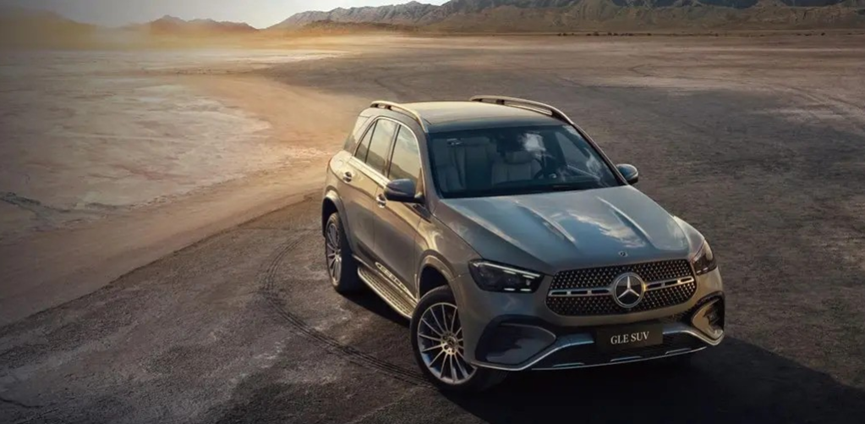
The main reason for the decline in financial performance is the drop in sales volume. According to public information, in October 2024, Mercedes-Benz sold a total of 41,614 vehicles in the Chinese market, with cumulative sales of 462,756 vehicles in the first ten months of this year, showing a downward trend compared to the same period last year. In terms of main sales models, the sedan series sold 14,500 units of the Mercedes-Benz E-Class and 10,800 units of the Mercedes-Benz C-Class; in the SUV series, 8,710 units of the Mercedes-Benz GLC and 3,702 units of the Mercedes-Benz GLB were sold. Sales of new energy vehicle models were also not optimistic. In October this year, sales of the Mercedes-Benz EQE SUV were 291 units, with a year-on-year decrease of 55.37%; even so, the EQE SUV became Mercedes-Benz's best-selling pure electric vehicle. The performance of other Mercedes-Benz pure electric models was even worse: EQB sold only 191 units; EQA sold only 94 units; and EQC sold only 2 units.
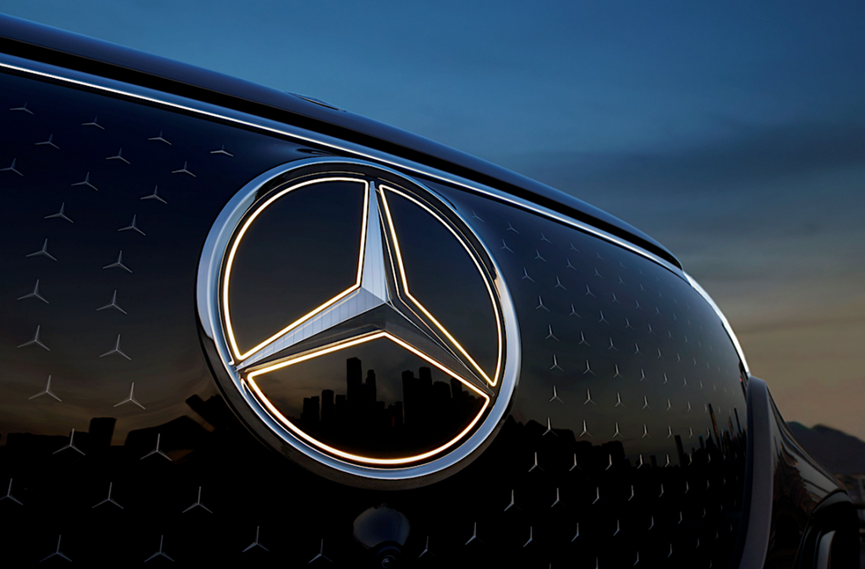
What's more difficult is that while sales are declining, brand discount rates are also increasing. Data shows that the average discount rate in the Chinese automotive market is 14%, while Mercedes-Benz is close to 20%, Audi's terminal discount rate is close to 30%, and BMW reaches 25%. According to Autohome, the price of the Mercedes-Benz GLC in some regions has dropped from 392,800 yuan to 290,400 yuan, a decrease of 26%, and the price of the BMW iX has dropped by 330,000 yuan, a decrease of 44.2%. The decline in brand premium has also affected the image of luxury brands to a certain extent, with some netizens joking that "if you don't work harder, you'll only be able to drive BBA," and even calling them "no-name cars." To boost sales, Mercedes-Benz has been adopting a strategy of trading price for volume in new energy vehicles. Taking the Beijing area as an example, the prices of Mercedes-Benz EQS, Mercedes-Benz EQB, Mercedes-Benz EQE, and Mercedes-Benz EQS pure electric models have decreased by 50%, 48%, and 40%, respectively.
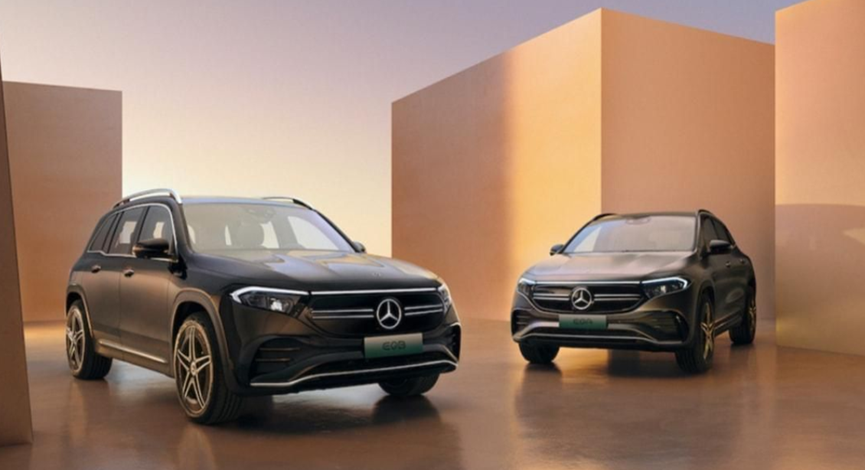
Nowadays, the trend of electrification is becoming the market norm. During the transition, the intelligence promoted by new automotive forces led by Tesla is increasingly popular among consumers, and emerging experiences such as large screens, end-to-end connectivity, and intelligent networking are gradually breaking consumers' previous car usage experiences. In the luxury vehicle segment, a new batch of luxury new energy brands emerging in the local market in recent years have perfectly aligned their product design and driving experience with the preferences of Chinese consumers. Potential consumers of traditional luxury brands have also shifted their attention to emerging luxury brands. In recent years, the market has also proven that the growth rate of the pure electric vehicle market is not as rapid as expected. According to the Counterpoint Research electric vehicle market tracking report, global passenger new energy vehicle sales in the first quarter of 2024 saw a year-on-year increase of 7% for pure electric vehicles and 46% for plug-in hybrid vehicles. The growth rate of plug-in hybrids is significantly higher than that of pure electric vehicles. Automakers are also aware of this. In recent years, new automotive forces such as Wenjie, LanTu, Xiaopeng, and Leapmotor have shifted from pure electric to the racetrack, initiating a new round of competition in plug-in hybrids and extended-range vehicles.
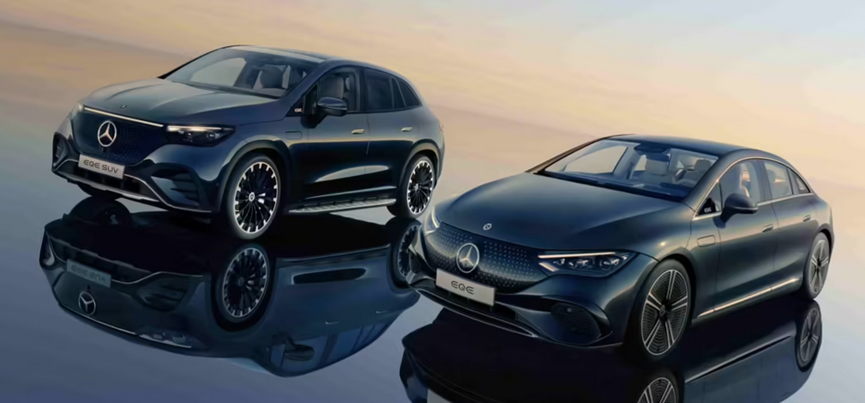
Against this backdrop, Mercedes-Benz is also actively adjusting. Facing the rapid transformation of new automotive forces, traditional luxury brands have also targeted the plug-in hybrid sector, leveraging the wind with the support of Chinese automakers. Currently, Mercedes-Benz's smart brand has developed the Smart# series based on Geely's SEA platform. According to plans, Mercedes-Benz's new GLA model will be equipped with the Geely-cooperated Leishen hybrid engine, and the all-new CLA hybrid version will make its debut in 2026.
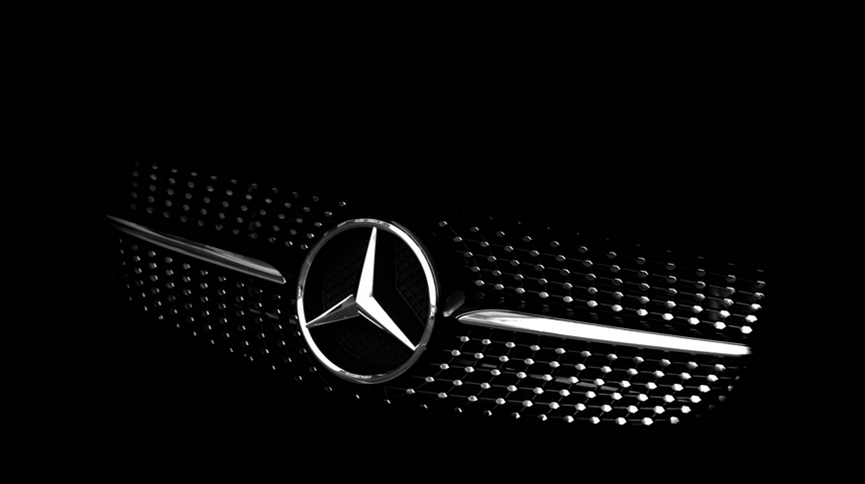
Currently, there are many automakers that have transformed rapidly and are at the forefront of the electrification wave. But more importantly, who can stay at the forefront forever. It's important to note that it's common for large, century-old automakers to transform slowly in their electrification journey. Fortunately, Mercedes-Benz has taken this step.
(Images sourced from the internet, please delete if infringing)







